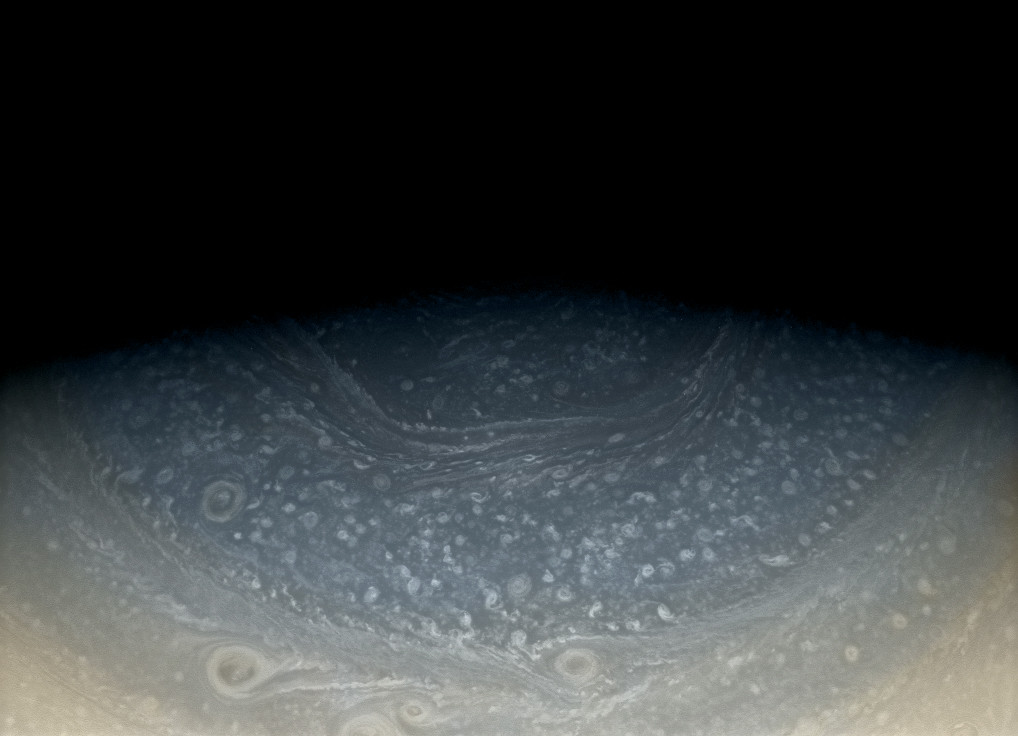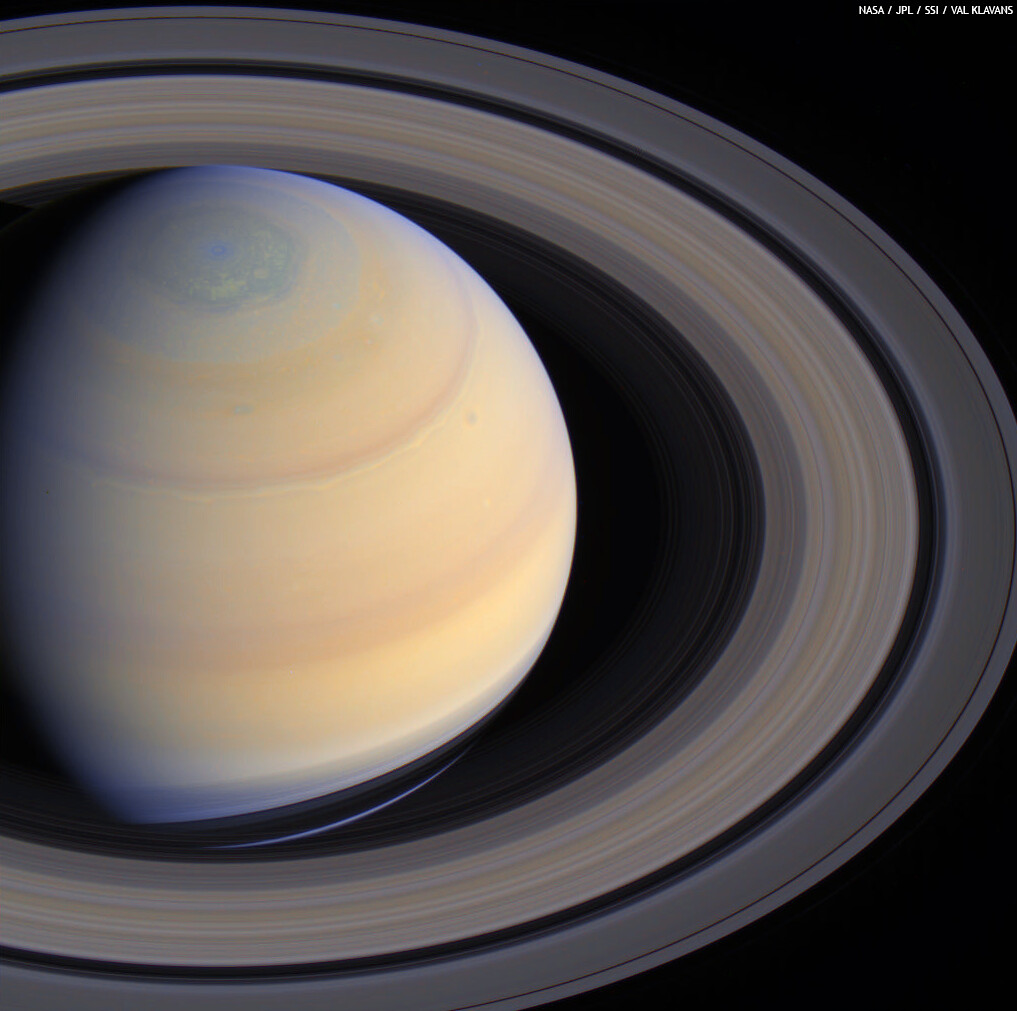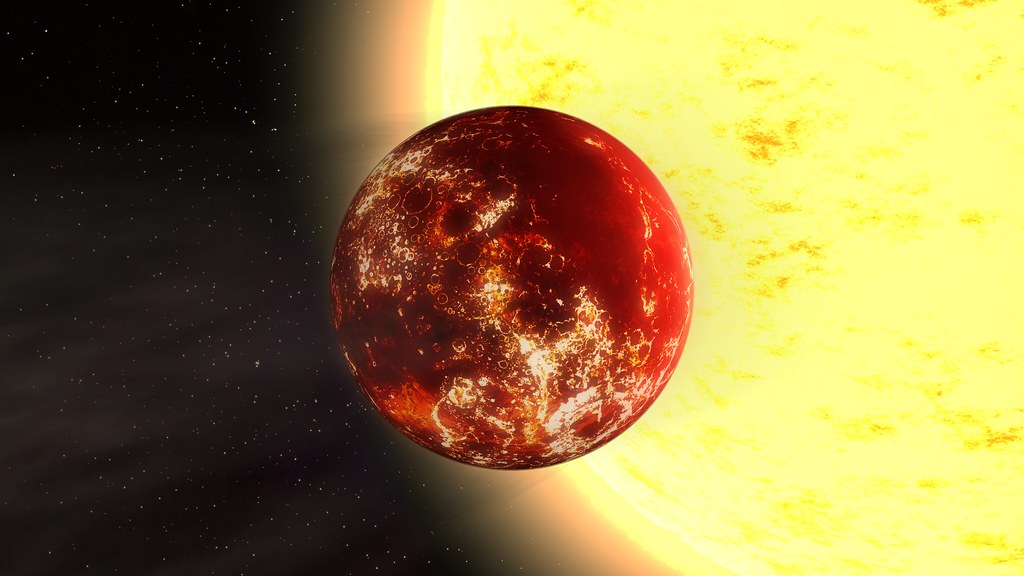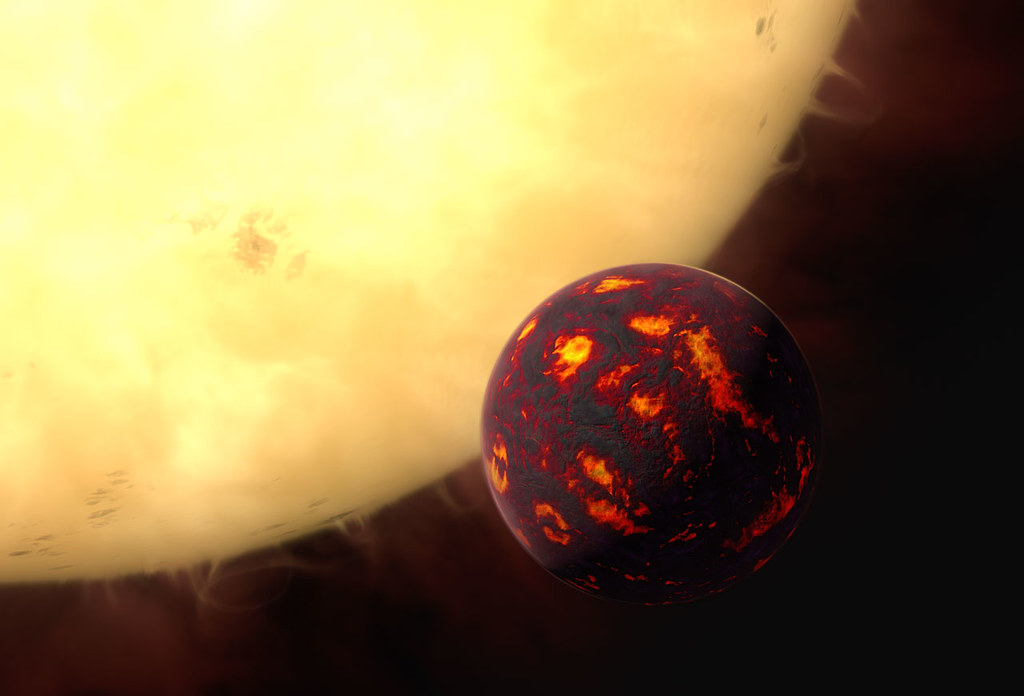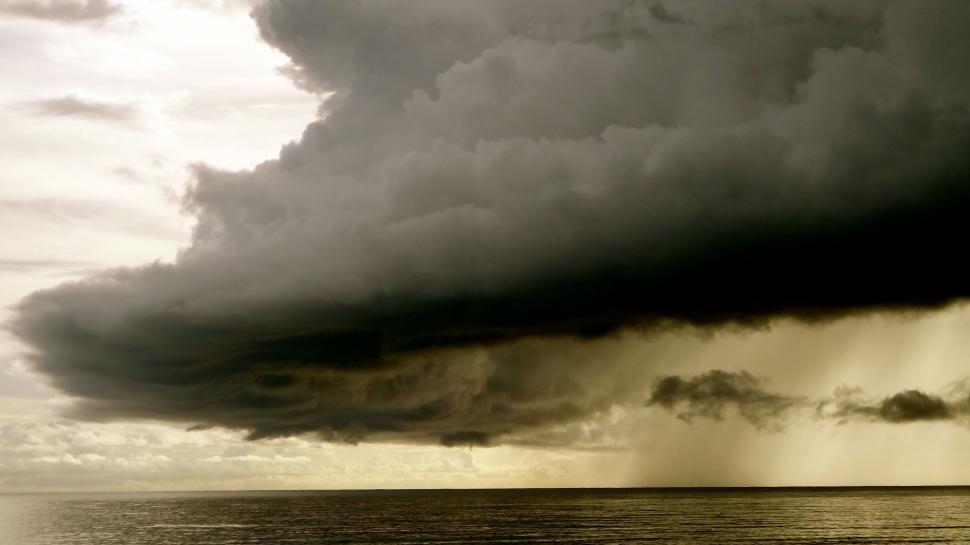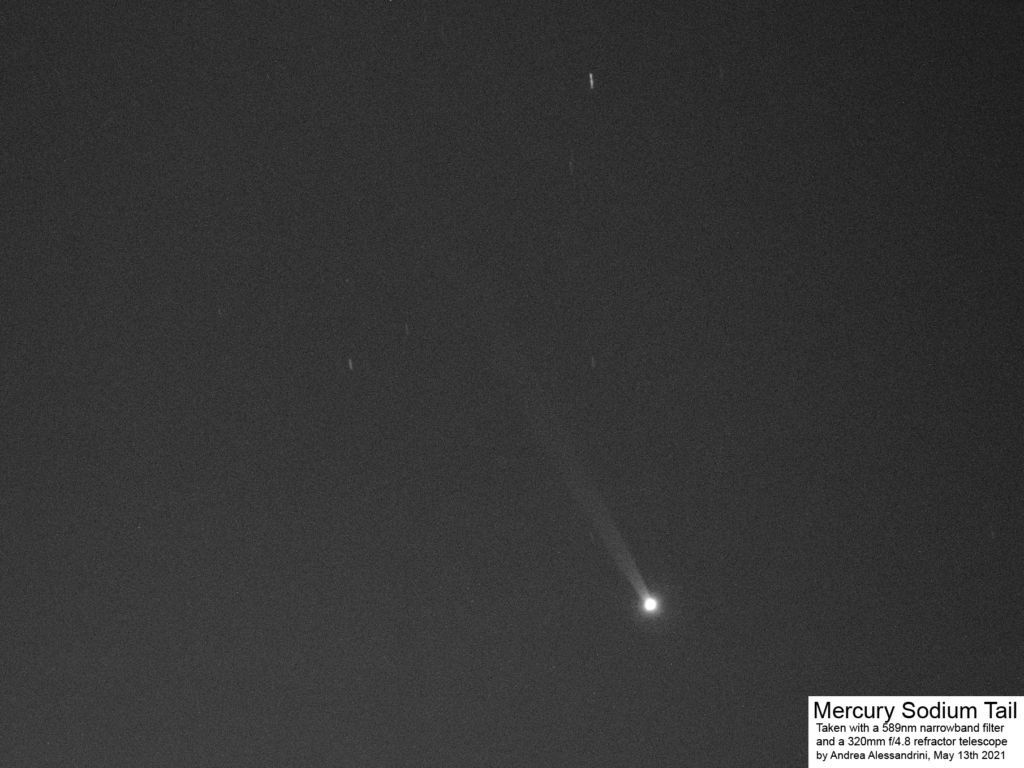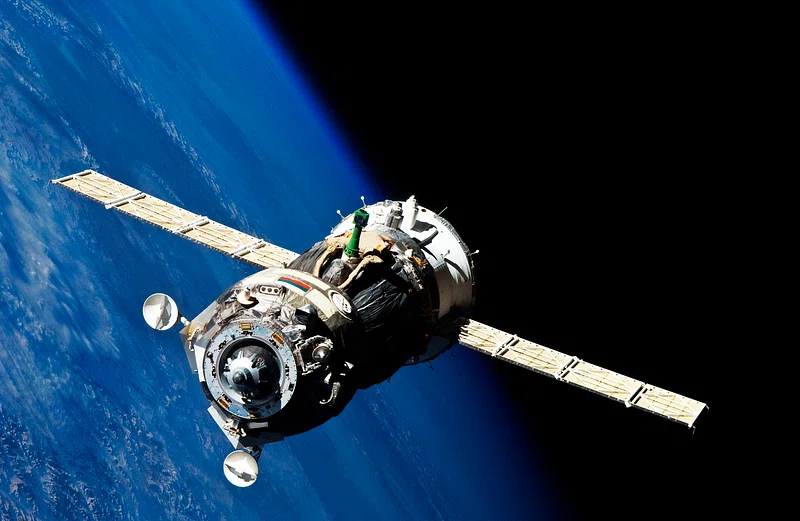Introduction.
Humanity’s fascination with space, the ultimate frontier, dates back thousands of years. With all of its planets, stars, and galaxies, it is enormous and full of secrets and opportunities. Our desire for knowledge and adventure is fueled by the appeal of space, which is its boundless expanse and mysteries. Awe and wonder about space have always been there, from the ancient astronomers who first mapped the night sky to the contemporary scientists exploring the boundaries of our cosmos. The ten amazing facts about space covered in this article highlight its amazing diversity and wonders.
In this article, we will explore ten fascinating facts about space:
1. Mercury has a tail.
2. There is a man buried on the Moon.
3. There is a planet likely made of diamonds.
4. Saturn has a hexagonal-shaped storm.
5. There is a huge cloud of floating water in space.
1. Mercury has a tail.
It might be surprising to learn that Mercury, the closest planet to the Sun, has a tail like a comet. Imagine Mercury speeding through space, trailing a glowing stream behind it. This tail isn’t made of ice and dust like a comet’s, but of sodium atoms that are blasted off Mercury’s surface by the Sun’s intense heat and powerful solar wind.
Think of Mercury as a rocky little world constantly being battered by the Sun’s energy. The sodium atoms escape from the planet’s surface and form a bright tail that extends millions of kilometers into space. While we can’t see this tail with our eyes, scientists have detected it using special instruments that capture the faint glow of sodium.
Mercury’s comet-like tail is a reminder of the dynamic and ever-changing nature of our solar system. It shows us how even the smallest and closest planets to the Sun have their own unique stories and fascinating phenomena.
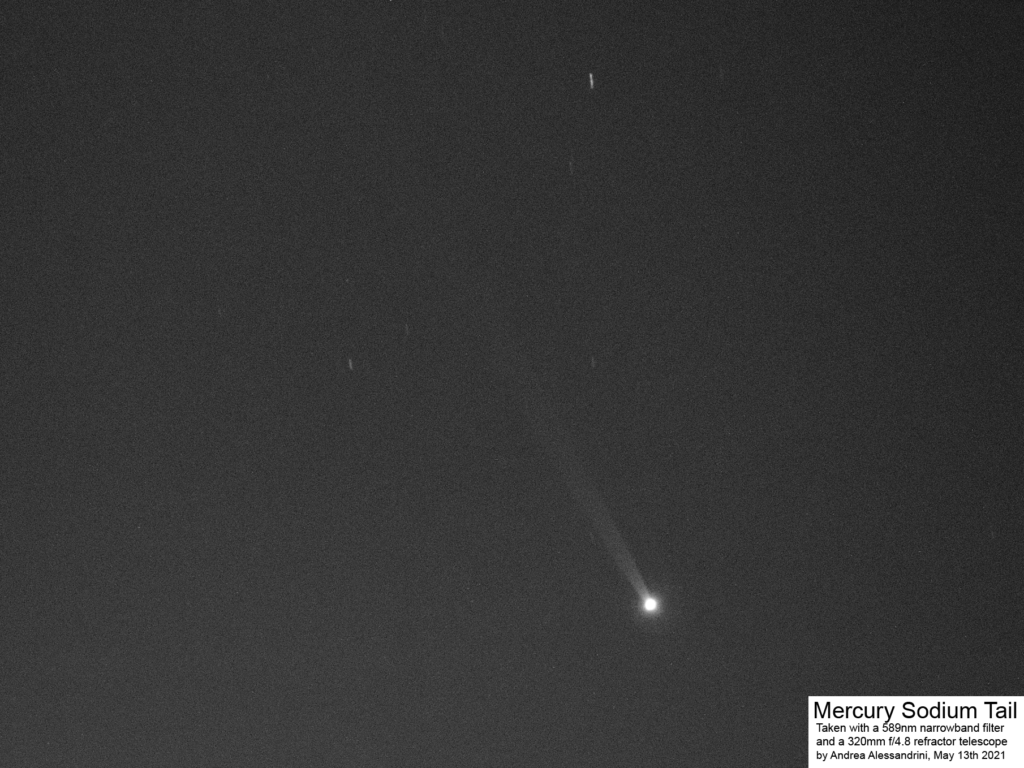
Why it has a tail?
Imagine Mercury, our speedy neighbor closest to the Sun, leaving a glowing trail behind it as it zips through space. What’s fascinating is that this tail isn’t made of ice and dust like a comet’s—instead, it’s composed of sodium atoms. These tiny particles are dislodged from Mercury’s surface by the Sun’s powerful radiation and the occasional impact of micrometeoroids.
Picture this: under the Sun’s intense heat, sodium atoms on Mercury’s surface get excited and break free, escaping into space. They form a luminous tail that stretches across millions of kilometers. This spectacle gives Mercury an unexpected comet-like appearance when observed from afar.
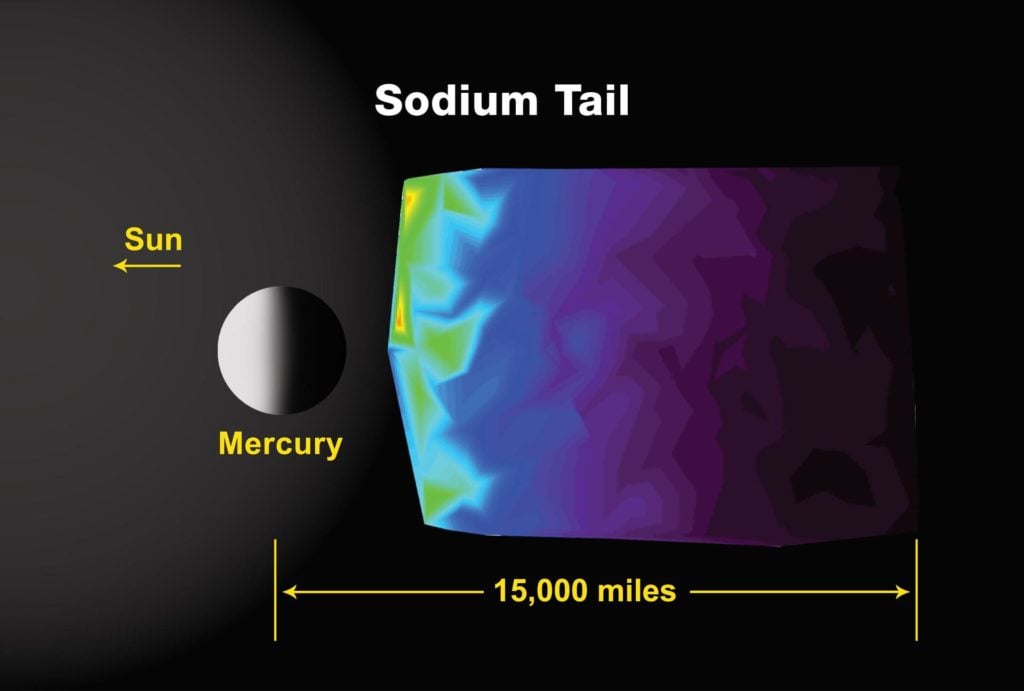
The reason behind this phenomenon lies in Mercury’s dynamic relationship with the Sun. The solar wind, a constant stream of charged particles emanating from our star, continually bombards Mercury. This bombardment strips sodium atoms from the planet’s surface and energizes them. When these atoms absorb solar ultraviolet radiation, they begin to glow, creating the visible tail we can detect with specialized instruments.
Mercury’s comet-like tail serves as a beautiful reminder of how our solar system is constantly in motion and evolving. Even the smallest planets, tucked close to the Sun, have their own unique stories and fascinating phenomena waiting to be discovered.
2. There is a man buried on the Moon.
In the history of space exploration, one man’s journey stands out not just for his scientific contributions but for his final resting place on another world: Eugene “Gene” Shoemaker. His story reflects both scientific passion and a profound connection between humanity and the cosmos.
Introduction to Eugene “Gene” Shoemaker
Eugene Shoemaker, born in 1928, was a geologist and planetary scientist deeply committed to understanding the Earth and its celestial neighbors. His career was defined by pioneering research that reshaped our understanding of planetary geology and impact events.
Details about His Contributions to Planetary Science
Shoemaker’s research focused on impact craters, particularly his groundbreaking identification of Meteor Crater in Arizona as an impact site caused by a meteorite. This discovery challenged prevailing theories and opened new avenues for studying Earth’s geological history and extraterrestrial impacts.
Explanation of His Unique Lunar Burial
After a lifetime dedicated to exploring the universe, Shoemaker’s wish was fulfilled in a unique way after his death. In 1999, a small portion of his ashes traveled aboard NASA’s Lunar Prospector spacecraft. The spacecraft was intentionally crashed into a shadowed crater near the Moon’s south pole, making Shoemaker the first and only person laid to rest on another celestial body.
Gene Shoemaker’s lunar burial is a poignant reminder of humanity’s quest for knowledge and exploration beyond Earth. His legacy continues to inspire scientists and space enthusiasts alike, encouraging us to reach for the stars and uncover the mysteries of our universe.
3. There is a planet likely made of diamonds.
In the vast expanse of space, discoveries often defy imagination, such as the intriguing case of 55 Cancri e—a planet that challenges our notions of planetary composition and value.
Introduction to 55 Cancri e
55 Cancri e orbits a star located in the constellation of Cancer, approximately 40 light-years away from Earth (A light–year is a measurement of distance and not time (as the name might imply). A light–year is the distance a beam of light travels in a single Earth year, which equates to approximately 6 trillion miles (9.7 trillion kilometers). Discovered in 2004, this exoplanet has captured the attention of scientists due to its unusual characteristics and potential composition.
Explanation of Its Carbon Composition
What makes 55 Cancri e truly remarkable is its high concentration of carbon. Unlike Earth, which is predominantly composed of silicate rocks and metals, 55 Cancri e is believed to have a significant amount of carbon in various forms. This includes graphite and possibly diamond, given the extreme pressures and temperatures found on the planet’s surface.
Discussion on the Possibility of the Planet Being Made of Diamonds
Under the intense conditions prevailing on 55 Cancri e—where surface temperatures can exceed 1800 degrees Celsius (3300 degrees Fahrenheit) and pressures are extremely high—carbon atoms are subjected to forces that could potentially form diamonds. Scientists hypothesize that a substantial portion of the planet’s interior could be composed of diamond, making it a celestial body unlike any found within our solar system.
55 Cancri e’s potential diamond composition challenges our understanding of planetary formation and raises intriguing questions about the diversity of exoplanetary systems. As we continue to explore distant worlds, discoveries like this remind us of the boundless variety and surprises awaiting us in the cosmos.

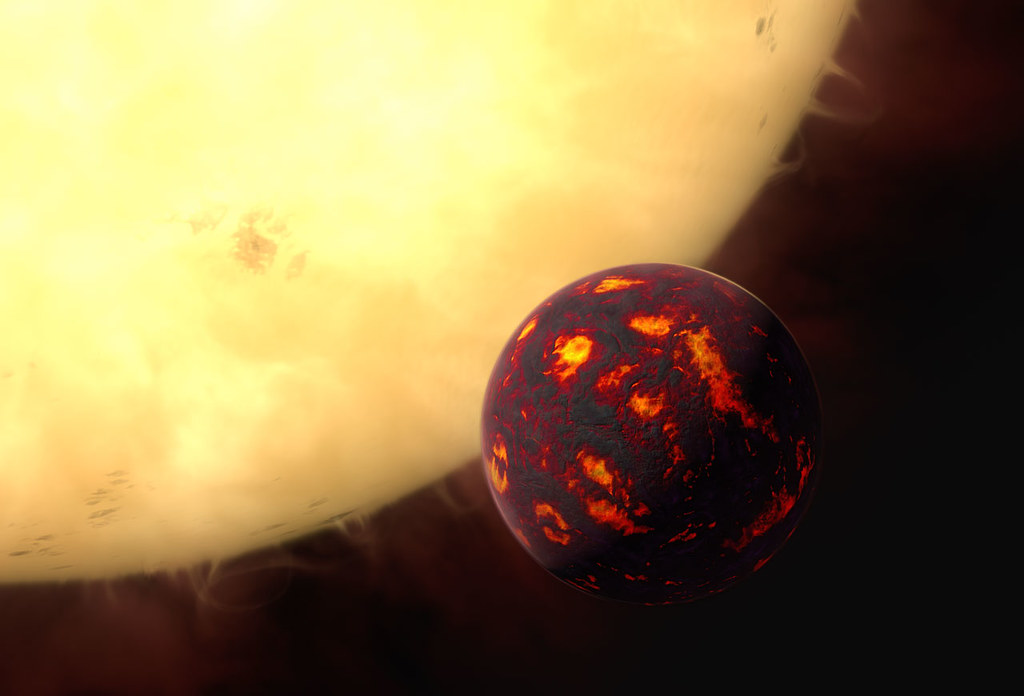
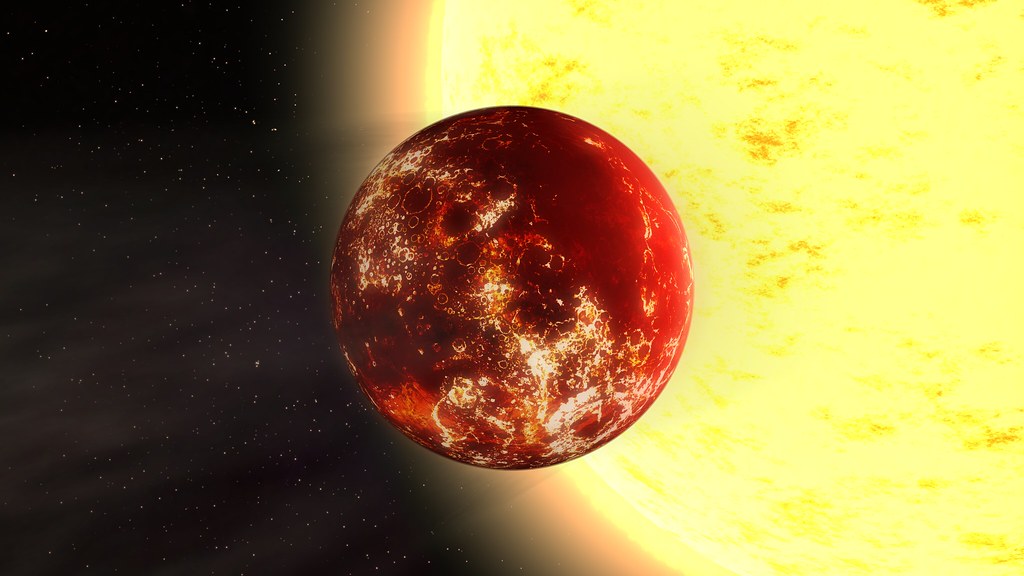
4. Saturn has a hexagonal-shaped storm.
Saturn, the planet famous for its beautiful rings, has a strange and fascinating feature: a massive hexagon-shaped storm at its north pole.
Description of Saturn’s Hexagonal Storm
Picture looking down at Saturn and seeing a giant hexagon, like a huge geometric puzzle piece, spinning around its north pole. This isn’t a trick or an illusion—it’s a real storm with six straight sides, unlike any other storm we’ve seen on any planet.
Details about Its Discovery and Size
This bizarre hexagon was first spotted by the Voyager spacecraft in the early 1980s. Later, the Cassini spacecraft gave us clearer pictures and more details. The hexagon is enormous, with each of its six sides stretching about 13,800 kilometers (8,600 miles), which is wider than the diameter of Earth.
Explanation of the Atmospheric Dynamics Causing the Hexagon Shape
Imagine the strong winds in Saturn’s atmosphere, blowing east and west at incredibly high speeds, up to 400 kilometers per hour (250 miles per hour). These winds, combined with Saturn’s fast rotation, create this stable hexagonal pattern. Scientists think it’s a bit like swirling liquid in a container that sometimes forms regular shapes.
But the exact reason why Saturn’s storm forms a hexagon, instead of a circle like storms on Earth, is still a mystery. Researchers are still studying it, trying to understand the complex weather patterns and fluid dynamics at play.
Saturn’s hexagonal storm is a fascinating reminder of how much we still have to learn about our solar system. It shows us that even on planets far away, there are incredible natural phenomena that challenge our understanding and spark our curiosity.
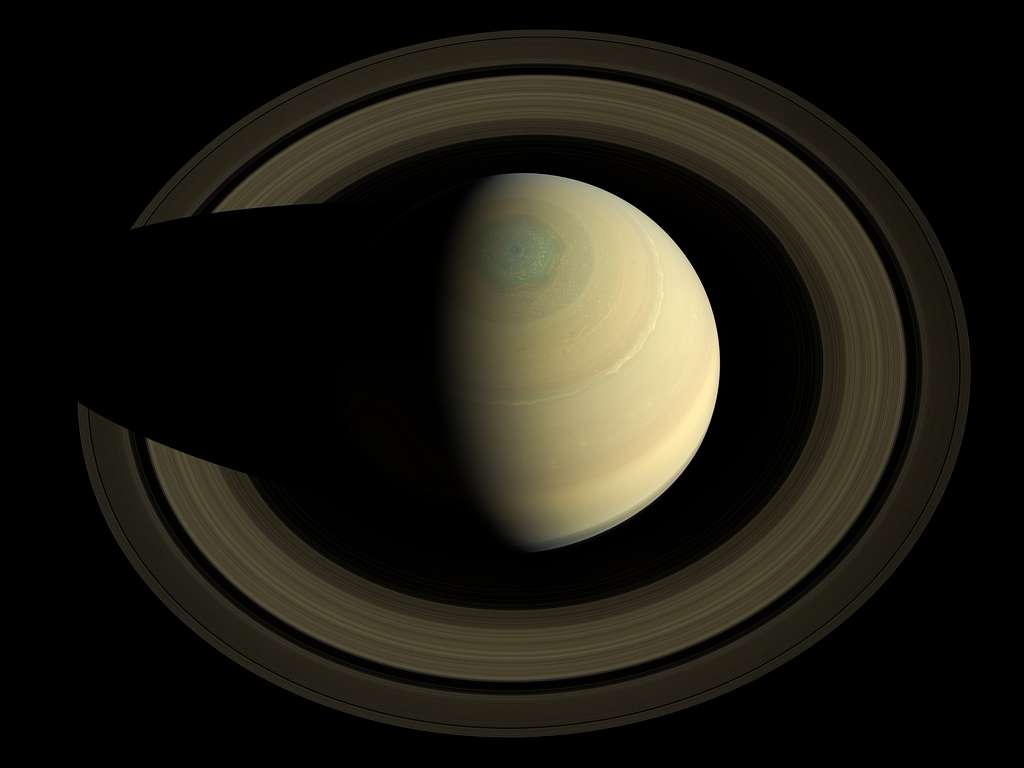
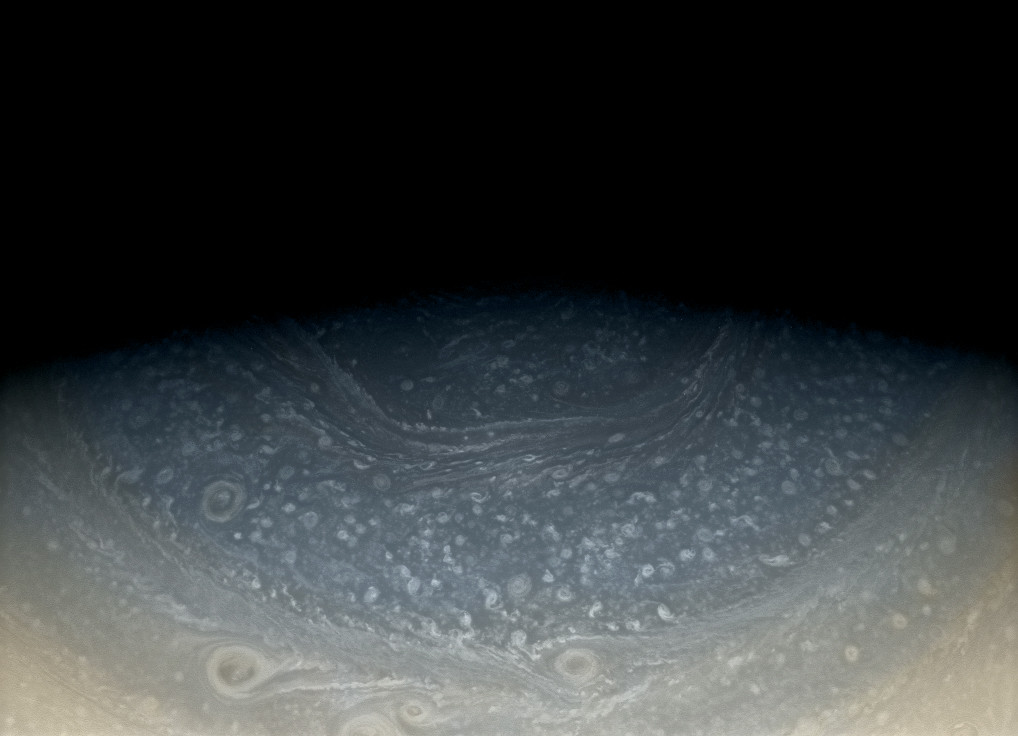
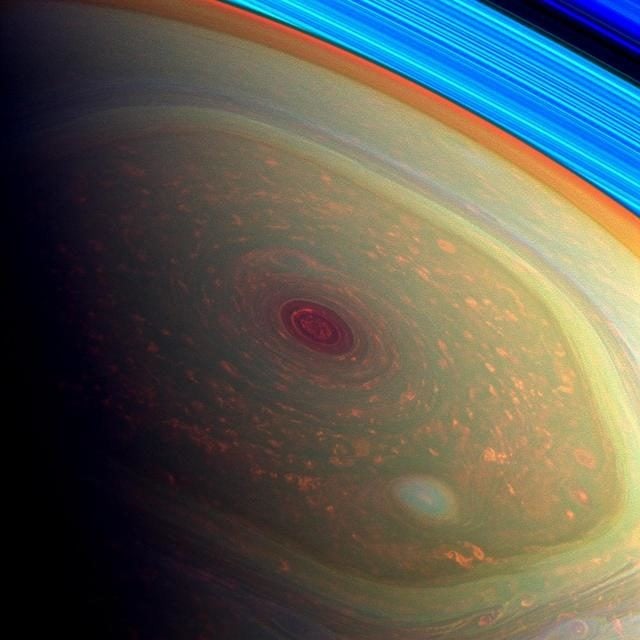
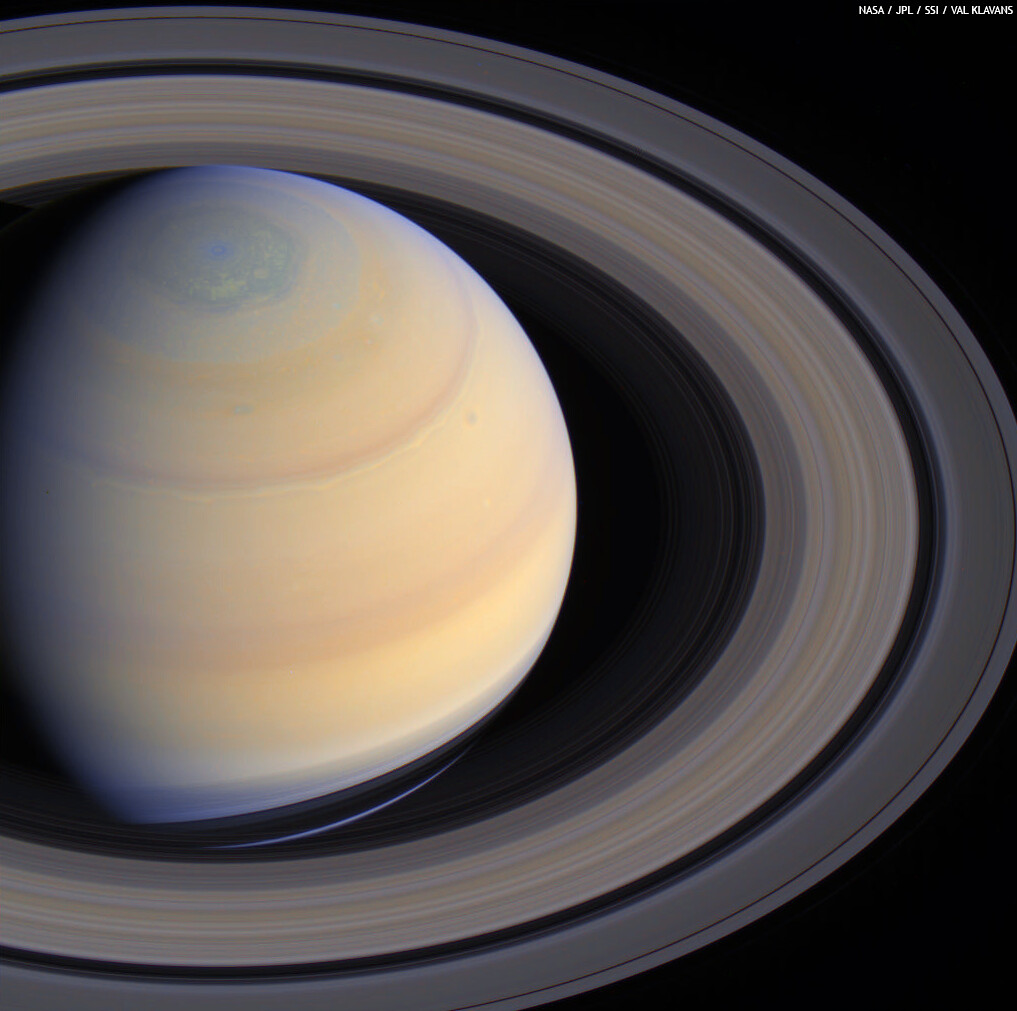
5. There is a huge cloud of floating water in space.
Introduction to the Water Vapor Cloud in Quasar APM 08279+5255
This huge cloud of water vapor exists in a quasar called APM 08279+5255. A quasar is an extremely bright and energetic area at the center of a distant galaxy, powered by a supermassive black hole. In this case, the quasar holds the largest and most distant reservoir of water ever detected.
Details About Its Size and Distance from Earth
To understand its scale, the water vapor cloud in APM 08279+5255 contains at least 140 trillion times more water than all of Earth’s oceans combined. And it’s incredibly far away—about 12 billion light-years from Earth. This means the light we see from it started its journey when the universe was only about 1.6 billion years old.
Significance of This Discovery in Understanding Water in the Universe
Finding this massive water cloud is significant for a few reasons. It shows that water, an essential ingredient for life, has been around for a very long time. This discovery pushes back our understanding of when and how water appeared in the universe. Additionally, studying such ancient and distant water sources helps scientists learn about the conditions in the early universe and how galaxies and other cosmic structures formed.
This gigantic cloud of water floating in space reminds us of the incredible discoveries still out there. It underscores how much there is to learn about our universe and the mysteries that await us.
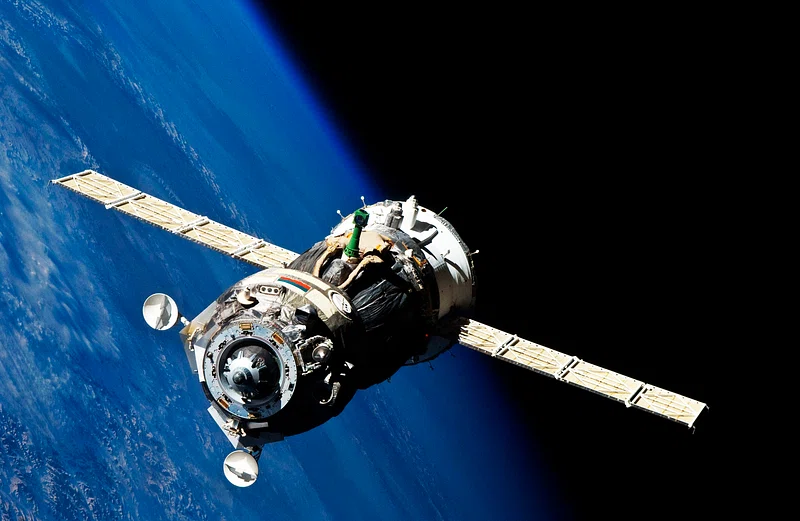
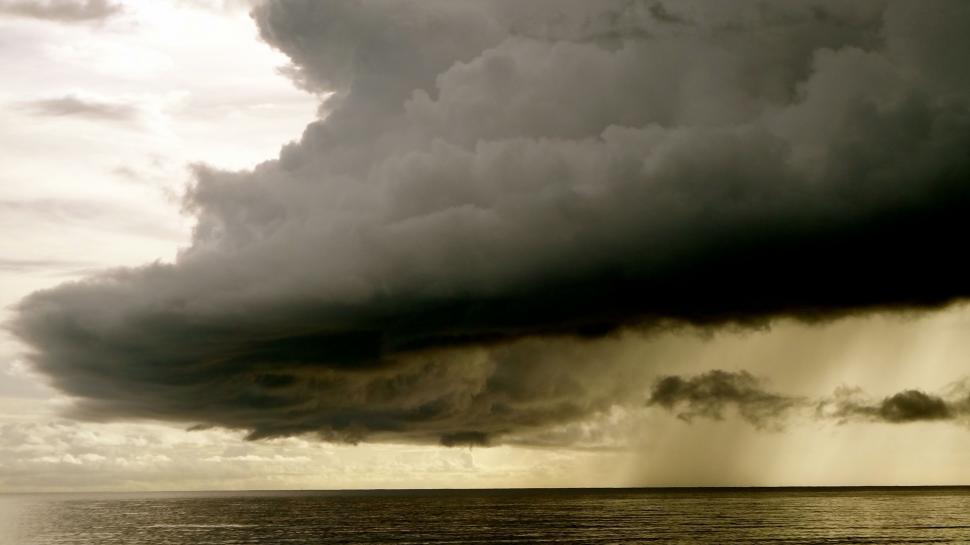
Conclusion.
These fascinating facts about space illustrate just how extraordinary and diverse our universe is. From Mercury’s comet-like tail to a planet made of diamonds, and from a hexagonal storm on Saturn to a vast cloud of water in a distant quasar, each discovery adds to our understanding and appreciation of the cosmos. As we continue to explore and study the universe, we are constantly reminded of its endless wonders and the many secrets still waiting to be uncovered.
